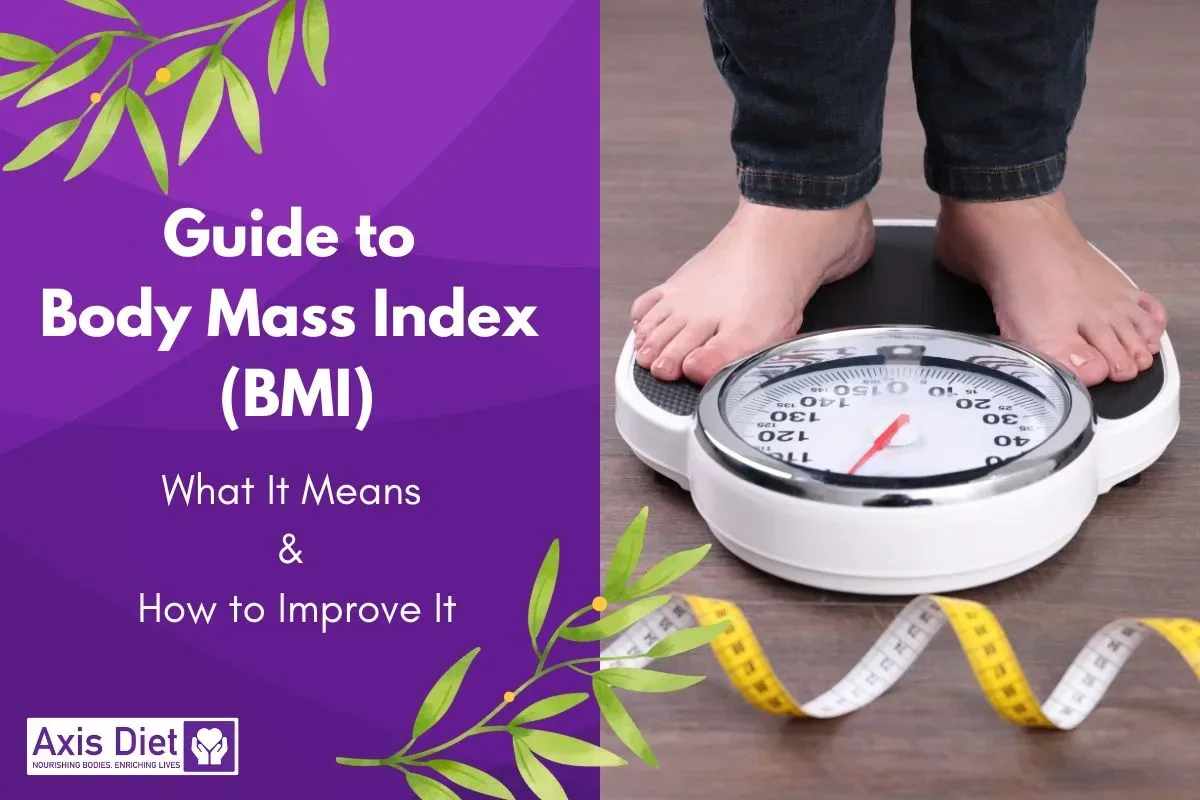In the vibrant spectrum of our daily rituals, where spices dance and flavors beckon, there’s an undercurrent of a powerful secret. How can we discern between excess and inadequacy? The finesse of portioning transcends mere consumption; it embodies nourishment and a harmonious communion of indulgence and well-being. When you delve into that biryani or relish paneer tikka, do you ponder if your plate mirrors your body’s symphony? Embark with us as we decode the intricacies of portioning and its profound resonance with health. Anticipate revelations that could redefine your culinary canvas. It’s crucial to understand that while these guidelines provide a broad perspective, individual nutritional requirements can be influenced by numerous factors like age, metabolism, activity levels, and specific health conditions.
The Importance of Diet Across Life’s Stages
Food isn’t just about curbing hunger – it’s the primary fuel for our bodies, impacting our health, growth, resistance to diseases, and overall well-being. As we journey through different stages of life, our nutritional requirements evolve, emphasizing the necessity of understanding and adhering to age-specific dietary recommendations.
Infancy and Early Childhood
- Purpose: To support growth and achieve appropriate milestones.
- Recommended Foods: Initial months should focus on breast milk, which provides complete nutrition. As the infant grows, the introduction of energy-rich foods, including appropriate fats and sugars, becomes essential.
Childhood
- Purpose: To bolster growth, development, and equip the body to fight off infections.
- Recommended Foods: Focus on a mix of energy-rich, body-building, and protective foods. Milk, fruits, and vegetables are particularly vital in this stage.
Adolescence
- Purpose: To cater to the growth spurt, aid in maturation, and support bone development.
- Recommended Foods: Emphasis on body-building and protective foods to support the rapid changes during these years.
Adulthood
- Purpose: To maintain health and productivity, ensuring prevention from diet-related diseases.
- Recommended Foods: Nutrient-dense, low-fat foods play a pivotal role in this stage. Maintaining a balanced diet not only ensures day-to-day effectiveness but also keeps chronic diseases at bay.
Pregnancy and Lactation
- Purpose: To support pregnancy and lactation, ensuring the health of both the mother and child.
- Recommended Foods: Nutritionally adequate diet becomes critical, with a need for additional food to support the demands of childbearing and rearing.
For Physical Activeness and Health
- Purpose: To sustain a physically active lifestyle, maintaining strength, endurance, and overall health.
- Recommended Foods: Opt for nutrient-dense, low-fat foods that offer sustained energy without unwanted calorie buildup.
Diet isn’t a one-size-fits-all approach. As our bodies grow and our lives change, so do our nutritional needs. Listening to your body, understanding these requirements, and nourishing it accordingly is the key to a healthy life journey.
Understanding a Balanced Diet
What exactly constitutes a balanced diet? At its core, a balanced diet ensures that the body receives all the essential nutrients in the right quantities and ratios. This balance is effectively achieved by incorporating a diverse range of foods from the four foundational food groups.
The exact food quantities necessary to fulfill nutrient needs can vary based on factors such as age, gender, physiological conditions, and levels of physical activity. Generally speaking:
- Carbohydrates should account for 50-60% of total caloric intake, with a preference for complex carbohydrates.
- Proteins should make up 15-20%.
- Fats, both visible and invisible, should comprise 20-30%.
Moreover, a truly balanced diet goes beyond just the basic nutrients. It also includes non-nutrient elements, which provide significant health benefits. For instance:
- Dietary Fibre: Essential for digestive health.
- Antioxidants: Elements like vitamins C and E, beta-carotene, riboflavin, and selenium play a crucial role in safeguarding our bodies from damage caused by free radicals.
- Phytochemicals: Compounds such as polyphenols and flavones offer protection against oxidative damage.
Notably, many spices common in our kitchens, including turmeric, ginger, garlic, cumin, and cloves, are abundant in antioxidants, providing both flavor and health benefits.
So, when planning meals, remember that a balanced diet isn’t just about nutrients—it’s a holistic approach to overall health.
Classification of Foods Based on Function
A balanced diet encompasses more than just fulfilling our caloric needs. The food we consume plays vital roles in our health, growth, and overall well-being. With a myriad of options available, it’s essential to classify foods based on their primary functions to ensure we are nourishing our bodies adequately.
| MAJOR NUTRIENTS | FOODS | OTHER NUTRIENTS |
|---|---|---|
| Energy Rich Foods: Carbohydrates & Fats | Whole grain cereals, Millets | Protein, fibre, Minerals, Calcium, Iron & B-complex Vitamins |
| Vegetable oils, Ghee, Butter | Fat soluble vitamins, Essential fatty acids | |
| Nuts and Oilseeds | Proteins, Vitamins, Minerals | |
| Sugars | Nil | |
| Body Building Foods: Proteins | Pulses, nuts and Oilseeds | B-complex vitamins, Invisible fat, Fibre |
| Protective Foods: Vitamins and Minerals | Milk and Milk products | Calcium, Vitamin A, Riboflavin, Vitamin B12 |
| Meat, Fish, Poultry | B-complex vitamins, Iron, Iodine, Fat | |
| Green leafy vegetables | Antioxidants, Fibre and other Carotenoids | |
| Other vegetables and Fruits | Fibre, Sugar and Antioxidants | |
| Eggs, Milk and milk products, Flesh foods | Protein and Fat |
In the table above, foods are segmented into categories based on their principal function, emphasizing the major nutrients they offer and other complementary nutrients. For a well-rounded diet, it’s crucial to incorporate foods from each category, ensuring a harmony of energy, body building, and protective nutrients.
Key Nutritional Considerations
- Select a diverse range of foods tailored to your age, gender, physiological state, and activity level.
- Opt for a blend of whole grains, legumes, and leafy vegetables. Incorporate modest amounts of jaggery or sugar and cooking oils to meet caloric needs.
- Prioritize fresh, locally-sourced vegetables and fruits.
- Incorporate animal-derived foods like milk, eggs, and meat into your diet. They are especially important for expectant and nursing mothers, as well as children.
- Adults should gravitate towards lean, protein-rich foods such as lean meats, fish, pulses, and skimmed milk.
- Cultivate healthy eating habits, engage in regular exercise, and stay active to combat the pitfalls of a sedentary lifestyle.
Conclusion
The Indian culinary tapestry is rich, accommodating diverse palates. This macronutrient compass, teeming with choice, ensures all find their culinary north. But it’s crucial to understand that while these guidelines provide a broad perspective, individual nutritional requirements can be influenced by numerous factors like metabolism, activity levels, and specific health conditions. For a tailor-made nutritional approach that best suits your unique body and lifestyle, consulting a professional dietitian is indispensable. They can provide in-depth insights, adapting recommendations to your specific habits, conditions, and goals.
Let AxisDiet be your beacon in uniting tradition with nutrition, always remembering that the right balance is achieved when tradition meets individualized care.
Pledge to AxisDiet’s ethos of melding heritage with health, one plate at a time.






[…] Snack Smartly: Swap out processed snacks for protein-rich alternatives like nuts, seeds, or roasted chickpeas. This simple switch will not only help you increase your protein intake but also provide essential nutrients. […]
[…] whole foods like fruits, vegetables, and fibers. Reduce junk food intake. Discover our curated Indian diet plan for wholesome […]
[…] articles like “Harnessing the Power of Vitamins for Body and Mind Wellness” and “Are You Getting the Right Nutrition for Your Body’s Needs?” available at Axis Diet. These resources are designed to empower you with knowledge and […]